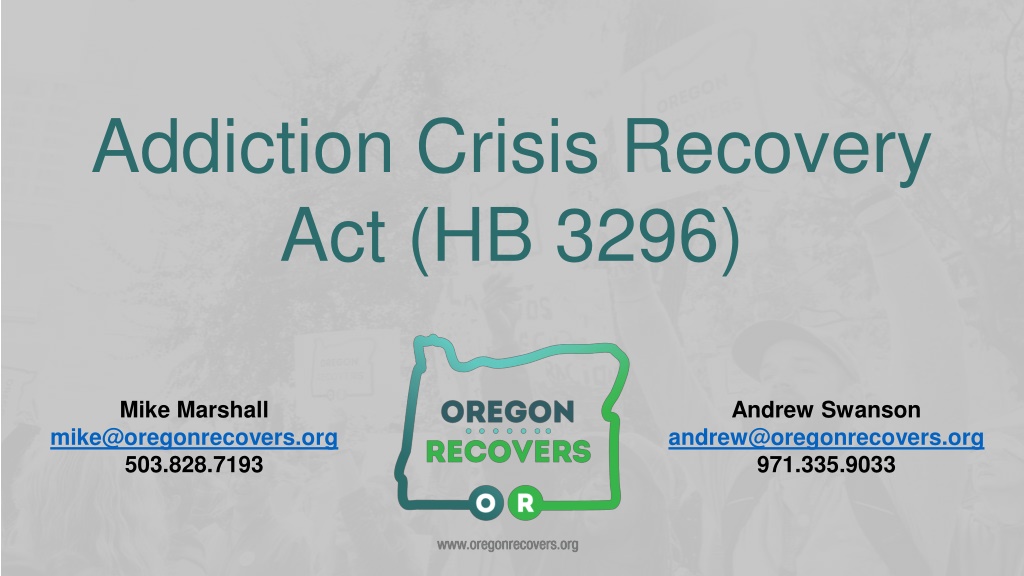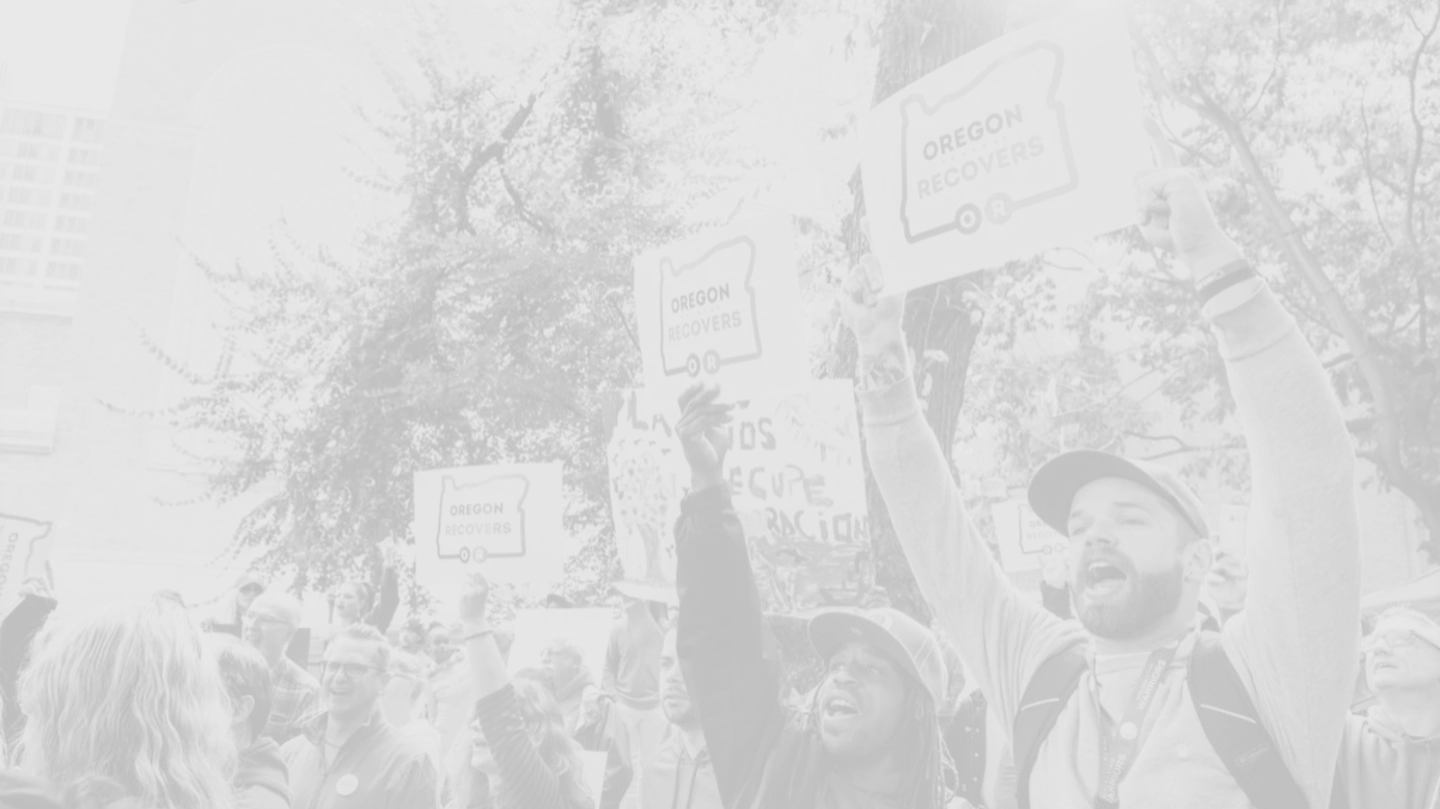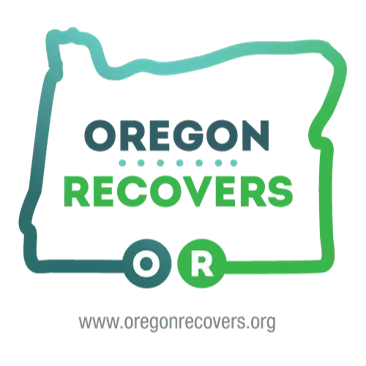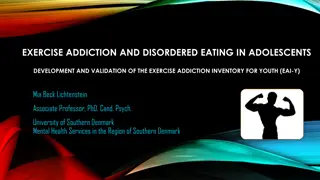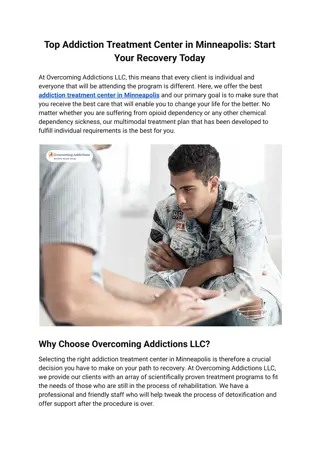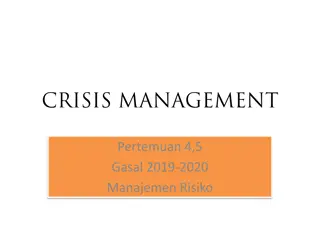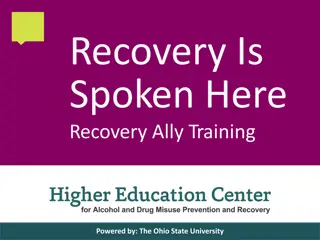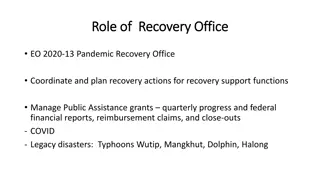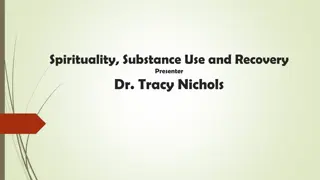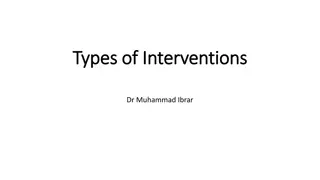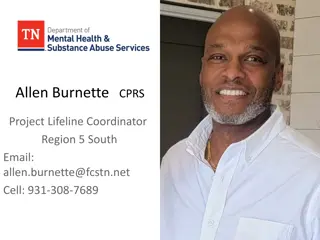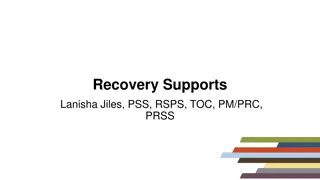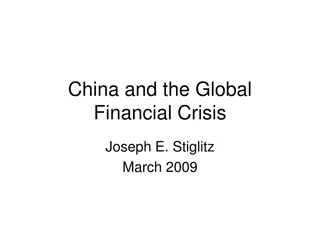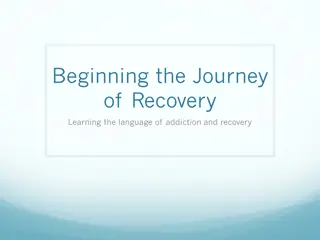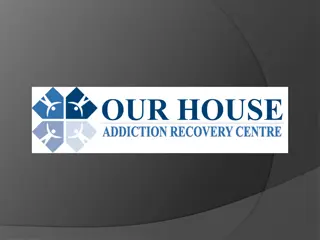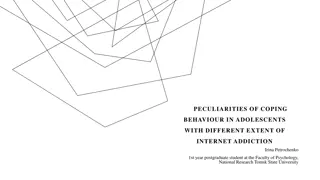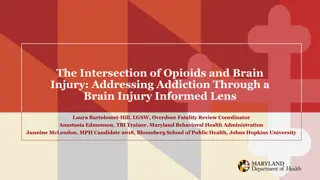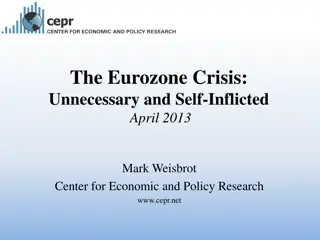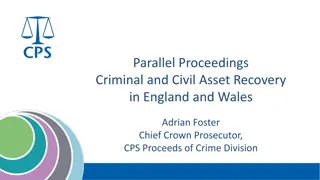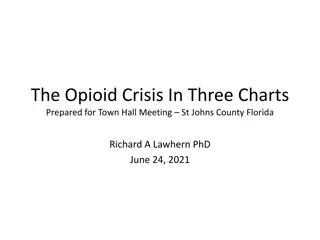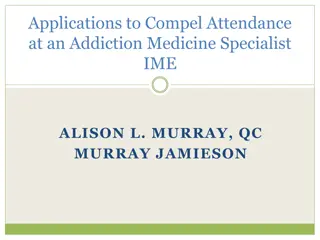Addiction Crisis Recovery Act (HB 3296) Overview
This content outlines the Addiction Crisis Recovery Act (HB 3296) proposed by Mike Marshall and Andrew Swanson. It details the goals of the act, including strengthening authority, funding new continuum of care, and increasing accountability in preventing, intervening, and treating addiction. The plan allocates funding to various departments and systems to address the addiction crisis comprehensively.
Uploaded on Feb 23, 2025 | 0 Views
Download Presentation

Please find below an Image/Link to download the presentation.
The content on the website is provided AS IS for your information and personal use only. It may not be sold, licensed, or shared on other websites without obtaining consent from the author.If you encounter any issues during the download, it is possible that the publisher has removed the file from their server.
You are allowed to download the files provided on this website for personal or commercial use, subject to the condition that they are used lawfully. All files are the property of their respective owners.
The content on the website is provided AS IS for your information and personal use only. It may not be sold, licensed, or shared on other websites without obtaining consent from the author.
E N D
Presentation Transcript
Addiction Crisis Recovery Act (HB 3296) Mike Marshall mike@oregonrecovers.org 503.828.7193 Andrew Swanson andrew@oregonrecovers.org 971.335.9033
ACRA Parts One and Two ACRA Part 1 (HB 3296) ACRA Part 2 Goal 1: Strengthen authority and accountability of current system Creates a new lockbox Addiction Crisis Recovery Fund Gives APDC authority to direct funds Goal 1: Require the Executive Director of ADPC be confirmed by Senate and serve term of four years Goal 2: Goal 2: Reduce harmful consumption Increases beer, wine excise taxes Increases OLCC distilled spirit markup Institutes hard alcohol, malt beverage and fortified wine minimum pricing Goal 3: ADPC conduct statewide needs assessments on Tx and Recovery Establish office of vBH Workforce Development in OHA Increase Reimbursement Rates by 25% Goal 3: Fund new continuum of care 10% Prevention 20% Intervention 35% Treatment 25% Recovery 10% Workforce Development
Funding the Solution & Increasing Accountability Prevention Allocate 10% of all new revenue (up $74 million) to OHA Prevention department in the following distribution: Data & Evaluation (10%) Health Systems & Recovery Supports (12%) State & Community Interventions (61%) Mass Reach Health Communications (12%) Statewide Administration & Management (5%)
Funding the Solution & Increasing Accountability Intervention Allocate 20% of all new revenue (up to $149 million) to building Intervention/ Engagement systems in tribes, primary care, hospitals, and education systems to offset the impacts of decriminalization including requiring, incentivizing and/or funding culturally relevant CADC's and Peers in: Primary Care Organizations Emergency Departments State and county Corrections departments
Funding the Solution & Increasing Accountability Treatment Allocate 35% of revenue (up $261 million) to increasing access to outpatient and residential treatment including establishment of culturally specific residential and outpatient treatment on a region by region basis as determined by a statewide needs assessment
Funding the Solution & Increasing Accountability Recovery Allocate 25% of revenue (up $186.5 million) to establishing statewide comprehensive recovery support service model that must result in network of minimum of 24 (at least three per Addiction Recovery District) Recovery Community Organizations (RCO)
Alcohol Pricing to Reduce Costly Consumption A Proven Strategy 2011 Maryland Alcohol Tax Raised from 6% to 9% 17% 26% Reduction Binge Drinking Reduction Underage Drinking
The Economic Cost of Excessive Alcohol Use "The $4.8 billion in economic losses stemming from excessive drinking represented roughly 2 percent of the 2019 gross state product. Averaged across the population, excessive alcohol use cost Oregon $1,100 per person." -OHA/EcoNorthwest Report on Economic Harms of Alcohol https://www.oregonrecovers.org/wp-content/uploads/2021/02/OHA-Alcohol-Harms-Interim-Report_FINAL.pdf
Alcohol Pricing to Reduce Costly Consumption Oregon's beer taxes haven't been adjusted since the Carter presidency, wine since the Reagan presidency... Sub $7 Sub $7 spirit spirit products products Less than $0.01/ beer Less than $0.03/ wine
Alcohol Pricing to Reduce Costly Consumption A 2,000% tax increase really means catching up to sensible tax rates $0.21 More for a glass of beer $0.31 More for a glass of wine $0.18 More for a cocktail
Questions & Conversation We want to hear from you! Mike Marshall Executive Director p: 503.828.7193 mike@oregonrecovers.org Andrew Swanson Policy and Advocacy Director p: 971.335.9033 andrew@oregonrecovers.org
